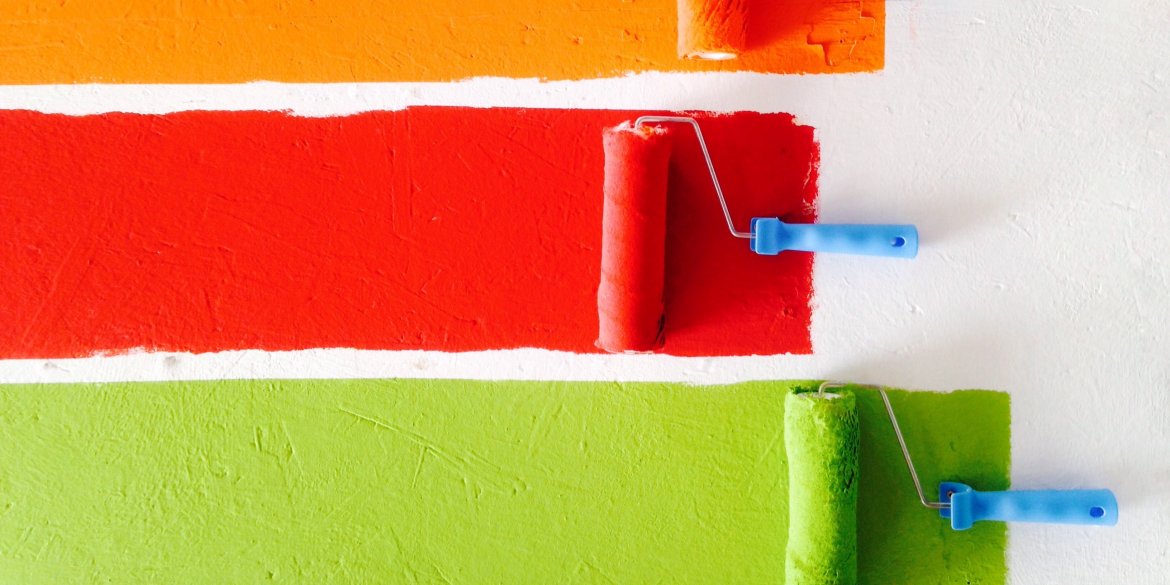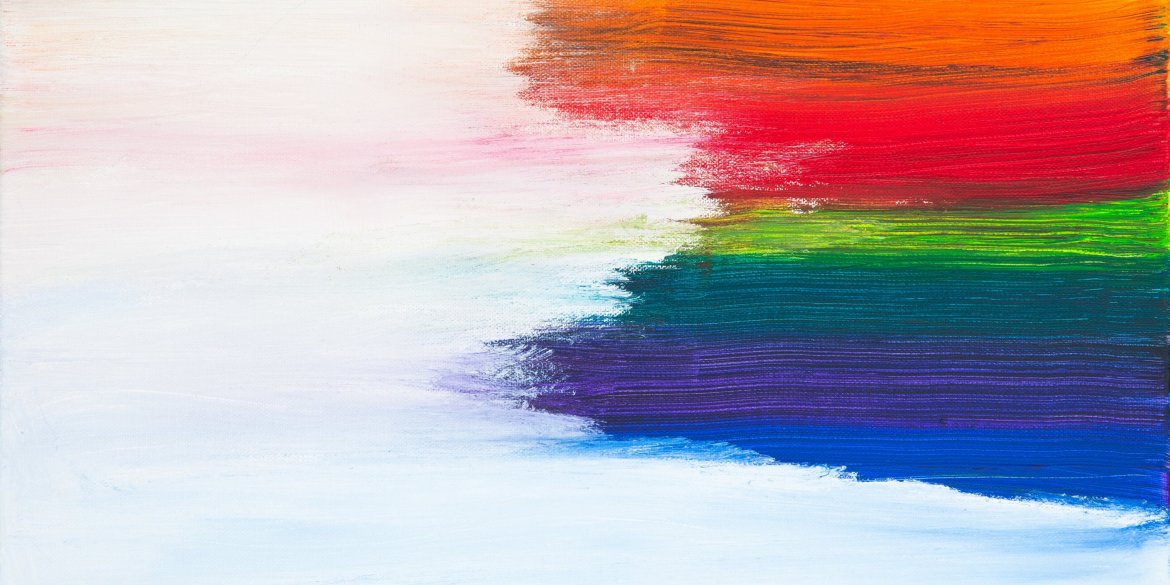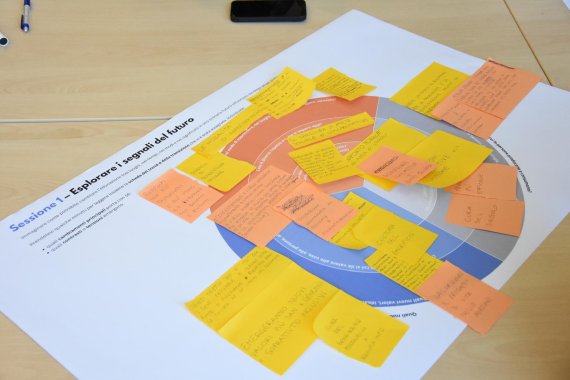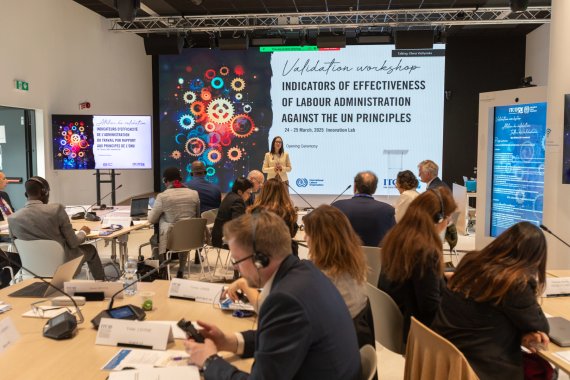Content Creation: Create, Collect, Curate
Content Creation: Create, Collect, Curate
Interview with Dr. Wendy Shultz (Infinite Futures) & Victoria Ward (Sparknow) about creativity
11 janvier 2018

Q: What’s curation about?
Victoria: Curation is a way to collect extensively and document each phase of your projects and meetings to create a body of materials and assets for future use. It helps to weave red threads, and helps projects “travel” beyond the limitations of single encounters. It is considered as one of the critical new skills in developing one’s own subject matter domain and structuring and organizing content. As an organizer, it’s natural to focus upon “getting things done”, on delivering particular events or programmes. Both for the animation of workshops and as a personal facilitation practice, curation is often neglected. This often impoverishes the potential richness of a collaborative working session.
Wendy: To complete Victoria’s great answer here, in academia, we see curation as a fundamental competency necessitated by new information generation. Today’s world is moving too fast for the academic community to keep up; in this era of info-mania, or information overload if you will, the content is available, it is just a matter of organizing and structuring it to answer a target’s needs.
Q: How to curate content?
Wendy: There are many different formats that you can use to curate content: photographs, screengrabs of Google Docs in use, email exchanges, field notes, audio recordings, video recordings, scans of completed worksheets, lists of people, locations or ideas. This reflects a growing trend towards ‘social reporting’ of events. It can help to spice up formal records, or mission reports, as well as provide the material for you to develop engagement campaigns with your stakeholder groups.
Whichever format you are using, these kinds of techniques can often trigger surprise, and can be used creatively to reinforce or to challenge a participant’s sense memory of a particular event or project. From a practical point of view, also consider the standards/quality of what you are collecting. We’d always recommend taking photographs, scans and recordings at a high resolution to ensure you have options for future use.

Q: How to develop curation practices?
Wendy: It is important to develop curation and awareness around its practices. During workshops/meetings, it is important to actively work with participants to explore linkages and connections between different phases of a project, or even different parts of the same meeting. Maintaining active participation in the room will spark new ideas and help generate information that could be priceless.
Victoria: As an individual, I always push people I am collaborating with to cultivate that habit of self-reflection; logging and examining how you yourself respond to different situations and contexts. I personally keep a field note diary, reflect upon how I responded during a particular encounter, and then return to this note some time later to see what it might teach me. Another good practice to develop would be to conscientiously work on curating a collection of raw materials generated throughout projects and then reuse them later to bring the ideas, voices and content from different encounters into contact with one another.
Originally published in the Future of Learning magazine.


